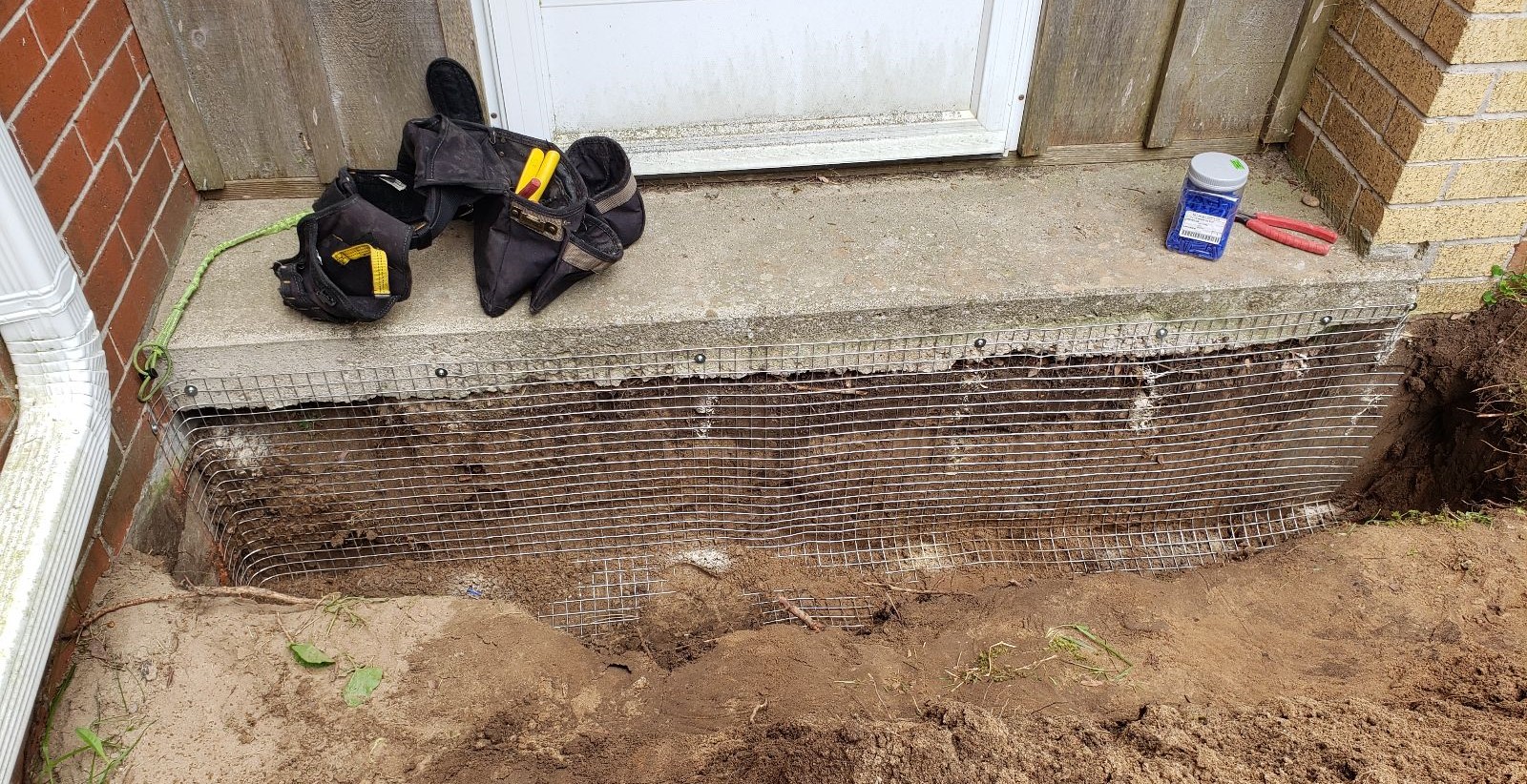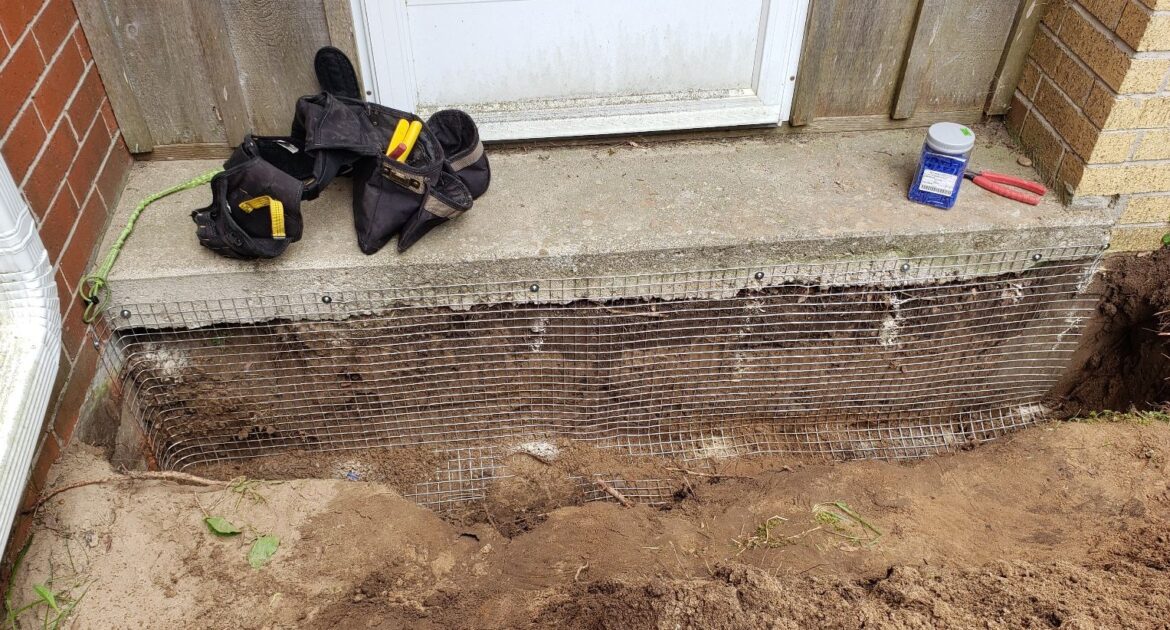Spotted skunks may be lesser-known in the skunk family, but they’re fascinating creatures with unique characteristics that set them apart from their striped relatives. Homeowners in Anoka County and other areas often worry about these animals due to their potential for property damage and unpleasant odors.
By learning spotted skunk facts, understanding spotted skunk behavior, and addressing how these animals interact with humans, you can better manage any concerns regarding wildlife near your property. Today, we’ll shed light on these elusive creatures and how they impact the local ecosystem in Blaine and surrounding areas.
Spotted Skunk Facts
Spotted skunks are members of the weasel family and are significantly smaller than striped skunks, their more popular relatives. Adult spotted skunks are typically 17-24 inches in length and weigh less than two pounds. Their distinctive appearance includes a series of white spots and broken white stripes on black fur, which make for easy identification. These markings serve as both camouflage and a warning to potential predators.
Despite their size, spotted skunks pack a powerful defense mechanism—spraying an oily, foul-smelling musk when threatened. Before spraying, they perform a unique behavior where they stand on their front paws in an impressive handstand. This acrobatic display is often a warning to back away.
Here are some fast, important spotted skunk facts:
- Range: Spotted skunks are predominantly found in the southern and midwestern United States, although they’ve also been spotted in parts of Minnesota, including Anoka County.
- Diet: These skunks are omnivorous, eating insects, small mammals, birds, fruits, and vegetation.
- Habitat: They thrive in a variety of settings, including farmland, wooded areas, and even under porches or sheds in residential neighborhoods.
Spotted skunks are more reserved than other skunk species, primarily staying active at night, which makes them hard to spot. However, when they do make their presence known, it’s essential to address the situation carefully.
Spotted Skunk Behavior
Understanding skunk behavior is key to managing their presence on your property. Spotted skunks are nocturnal, meaning they are most active at night. They have keen senses of smell and hearing, but their eyesight is relatively poor. These traits help them hunt prey and avoid predators.
Compared to striped skunks, spotted skunks are more agile and are effective climbers. This agility allows them to seek shelter in attics, barns, and even woodpiles near homes. During the day, they remain hidden in dens, which could be burrows they’ve dug under your deck or shelter they’ve found beneath your shed.
- Spotted skunks rarely spray immediately when threatened.
- They perform a handstand display as a warning to predators.
- If the warning fails, they use their defense mechanism: an odorous spray.
- The spray is notoriously difficult to remove from surfaces and pets.
Spotted skunks are generally timid and would rather flee than fight, but they can become defensive if cornered or if their young are in danger. Spring and early summer are particularly important times to be vigilant, as this is when spotted skunks are raising their kits, which remain highly dependent on their mothers for several months.
Understanding skunk behavior—especially how and why they seek shelter near human homes—helps homeowners take proactive steps to minimize conflicts.
Learn About Spotted Skunks and Their Impact on Humans
Spotted skunks have been part of the landscape in Anoka County for decades, and while they play a role in local ecosystems, their interactions with humans can sometimes be problematic. One reason homeowners should learn about spotted skunks is to recognize the signs of their activity on properties:
- Odor: The pungent smell of skunk musk is the most common indicator of their presence.
- Digging: Small, cone-shaped holes in your lawn can signal that skunks are foraging for grubs and insects.
- Damage to Structures: Skunks often burrow under sheds, decks, or other structures, leaving behind excavated soil.
- Noises: Scratching or rustling sounds, especially during the night, could indicate skunks have made their den near your home.
While their burrowing can cause structural issues, spotted skunks can also become a nuisance in other ways. They may raid garbage bins, eat garden crops, or spray pets that accidentally startle them. Additionally, they can carry diseases like rabies, though such incidences are relatively rare.
Despite these challenges, spotted skunks also offer benefits. They are natural pest controllers, consuming many insects and rodents that would otherwise damage crops or spread diseases. However, when their proximity to human homes leads to problems, careful management becomes necessary.
Managing Spotted Skunks on Your Property
Dealing with spotted skunks requires a strategic and humane approach. At Skedaddle, we prioritize solutions that protect your home while respecting wildlife. Based on our 30+ years of experience, here are steps homeowners in Anoka County can take to prevent spotted skunks from becoming uninvited neighbors:
Secure Entry Points: Inspect your property for potential skunk entry points, like gaps under decks, porches, or sheds. Installing barriers, such as buried steel mesh, can prevent skunks from digging and gaining access.
Remove Attractants: Ensure trash bins are tightly sealed and remove leftover pet food or fruit from your yard that may be attracting skunks.
Maintain Your Yard: Regularly mow your lawn and trim shrubs to eliminate the cover skunks use to move undetected. Filling in any existing burrows or holes can also deter them from settling in.
Install Motion Lights: Since skunks are nocturnal, bright lights can discourage them from roaming near your home.
Act Early: If you notice signs of active skunks, address the issue promptly. Allowing them to settle increases the risk of spray incidents and structural damage.
For homeowners dealing with an established skunk issue, professional wildlife control is the safest solution. Our team at Skedaddle understands the delicate balance between removing wildlife and ensuring their humane treatment.
Why Skedaddle Is Trusted in Anoka County
At Skedaddle, we’re not just wildlife control professionals; we’re your neighbors here in Anoka County, home to landmarks like the historic Rum River State Water Trail. When it comes to managing wildlife, we combine professional expertise with a respect for nature.
- Humane removal of skunks
- Preventive measures to stop skunks from returning
- Careful property inspection to identify issues
- Addressing current skunk-related problems
- Implementing long-term solutions for a safe and comfortable home
Dealing with spotted skunks can feel overwhelming, but you’re not alone. We’re here to guide you every step of the way.
Protect Your Home Today
Spotted skunks may be part of our natural landscape, but they don’t need to be part of your property. By staying informed and taking thoughtful steps toward prevention, you can enjoy the benefits of Minnesota’s outdoors without the challenges wildlife may bring.
If you’re looking for professional, humane solutions to manage spotted skunks near your property, contact Skedaddle—your trusted partner in wildlife control in Blaine.




